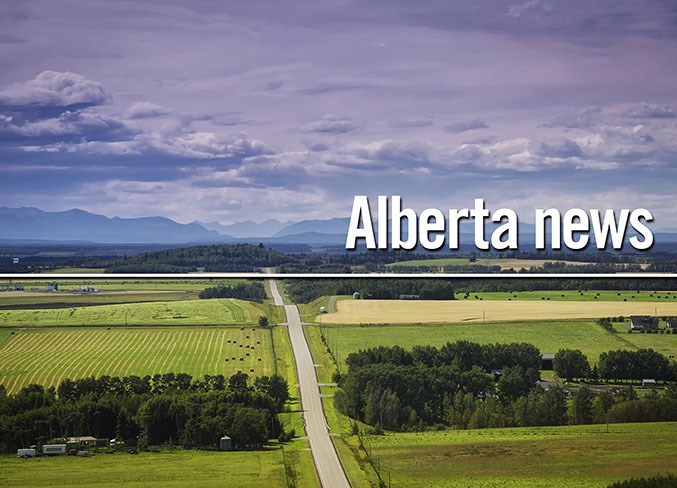Months after the province announced municipalities will be paying more for the recovery costs of natural disasters, rural communities are pushing back, saying they don’t have the budgets to handle the costs of potential natural disasters in their communities.
In November, during the Rural Municipalities of Alberta fall conference, president Paul McLauchlin said the costs of natural disasters are too high for small communities to shoulder.
“We're having increased disasters in rural Alberta,” McLauchlin said.
“When we started talking about these large-scale disasters, very few municipalities would even have come close to the reserves to allocate to that 10 per cent,” — the percentage of funds devoted to disaster relief communities must now provide to the province
The president said communities are concerned that if a natural disaster hits, it will cause impairment to the financial health of a community, or even insolvency.
“If it had a significant disaster, a massive flood or situation like you're seeing in B.C., pushing that 10 per cent on the municipalities, we just don't have the financial mechanisms for that,” McLauchlin said.
Earlier this year, in the provincial budget, Alberta announced municipalities would have to start shouldering some of the costs of natural disaster recovery. In the past they did not have to pay when a disaster struck.
During the provincial budget, Minister of Municipal Affairs Ric McIver said the changes bring Alberta in line with other provinces.
“We’re normalizing our coverage to what other provinces do now,” McIver said.
“It’s something that’s probably overdue. Budget time is when you think about these things. That’s why we’re doing it. We’ll still be tied for the best coverage in Canada. We also said … our objective was to bring government programs and expenditures more in line with other provinces and this policy change does that.”
But municipalities are saying the costs of natural disasters could drive them into insolvency.
In the Regional Municipality of Wood Buffalo, where the Horse River Wildfire struck — at the time, Canada’s largest and most costly disaster — the municipality spent $269.2 million in recoverable wildfire costs in May of 2016.
The municipality was reimbursed for the millions it spent on the fire, including: $209.3 million from the province; $9 million from the Canadian Red Cross; $7 million from FireSmart; and $29.6 million through insurance.
“The municipality would have paid about $25 million under the 90:10 cost-sharing rules introduced for the Disaster Recovery Program earlier this year,” an emailed statement from the municipality said.
“The municipality has a reserve fund for unforeseen events that would be used to mitigate immediate operational impacts. However, it is important for the municipality to maintain this reserve to support continued community and fiscal resiliency.”
The Regional Municipality of Wood Buffalo said it supports the Rural Municipalities of Alberta's resolution urging the province to remove the requirement for municipalities to contribute 10 per cent of the costs of eligible claims made under the Disaster Recovery Program for disasters within their boundaries.
At the time of the budget release in March 2021, six of the top 10 costliest Canadian natural disasters happened in Alberta, including the 2016 Fort McMurray fires, the 2013 floods in Calgary and southern Alberta, and the Slave Lake fire in 2011.
In the fall of 2020 a report by auditor general Doug Wylie found disaster costs increased by over 2,500 per cent from 2010 to 2016, hitting $9 billion. The province incurred an estimated $2.3 billion from 2010 to 2016 and the federal government reimbursed the province for around $1.4 billion of the $2.3 billion in disaster expenses incurred.



